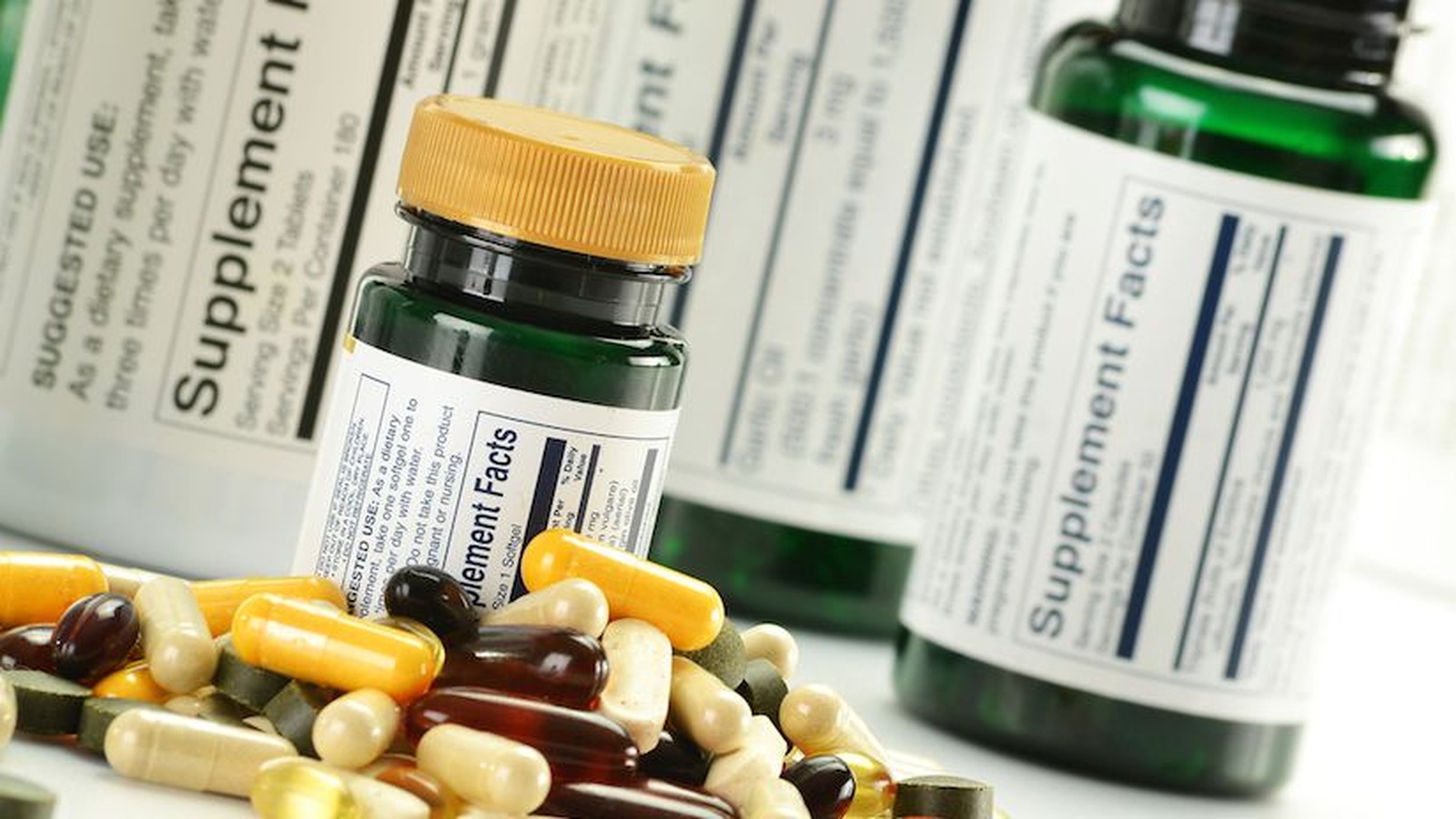5 Ways to Tell If Your Vitamins are Real or Fake
Some consumers do not know how to identify a natural vitamin from a synthetic one. Vitamin and mineral supplements may contain labels that are too complicated for you to understand. You may not even know what to look for in a vitamin or mineral supplement.
Some manufacturers of commercial vitamin and mineral supplements add synthetics to vitamin products, typically to increase the vitamin's potency, but many synthetics are made from derivatives of coal tar - a known carcinogen found in cigarette smoke. This is only one of the reasons why it is important to talk to your doctor before taking any new supplement.
5 Steps To Identify The Ingredients On A Vitamin Label
Step 1
Look for the words "100 percent natural" on the product's label. Some product labels may contain the words "natural," but manufacturers can claim "natural" on their nutritional products if at least 10 percent of the product comes from natural food sources. The Organic Consumers Organization recommends looking for products that contain "100 percent plant-based" or "100 percent animal-based" on the product's label.
Step 2
Find the "food source" list on the products label. If the product's label does not contain a list of natural food sources, then the product is synthetic. Look for food sources such as yeast, fish, vegetable and citrus.
Step 3
Identify whole foods in the ingredient list instead of the particular nutrient. Dr. Ben Kim, a chiropractor and acupuncturist with his own radio show, says to look for foods on the list of ingredients that contain a certain vitamin, such as "acerola cherry powder," which contains vitamin C. If you can identify "vitamin C" in the ingredient list, Kim says you can almost guarantee that the vitamin is synthetic.
Step 4
Look for salt forms on the product label, a synthetic added to supplements for increasing the stability of the vitamin or mineral. Some of the salt forms to look for include acetate, bitartrate, chloride, gluconate, hydrochloride, nitrate and succinate.
Step 5
Learn how to read the product's label by looking for keywords that indicate the supplement is synthetic. Words that end in "ide" or "ate" indicate that the product contains salt forms, which are synthetics.
For instance, if you see chloride, hydrochloride, acetate or nitrate on the list of ingredients, the manufacturer used synthetics for the product.
Additionally, the letters "dl" that appear before the name of an ingredient indicates the supplement is synthetic. As an example, look for "fish oils" when buying a vitamin A supplement. If the product's label states "palmitate," it is a synthetic vitamin A supplement.
Common Synthetic Vitamins to Avoid
- Vitamin A: Acetate and Palmitate
- Vitamin B1 (Thiamine): Thiamine Mononitrate, Thiamine Hydrochloride
- Vitamin B2 (Riboflavin): Riboflavin
- Pantothenic Acid: Calcium D-Pantothenate
- Vitamin B6 (Pyridoxine): Pyridoxine Hydrochloride
- Vitamin B12: Cobalamin
- PABA (Para-aminobenzoic Acid): Aminobenzoic Acid
- Folic Acid: Pteroylglutamic Acid
- Choline: Choline Chloride, Choline Bitartrate
- Biotin: d-Biotin
- Vitamin C (Ascorbic Acid): Ascorbic Acid
- Vitamin D: Irradiated Ergosteral, Calciferol
- Vitamin E: dl-alpha tocopherol, dl-alpha tocopherol acetate or succinate
NOTE: The “dl” form of any vitamin is synthetic.
(The above list taken from: http://www.globalhealingcenter.com/natural-health/synthetic-vs-natural-vitamins/)
Tips and Warnings
Talk to the pharmacist before purchasing a vitamin or mineral supplement. A pharmacist can identify a natural or synthetic vitamin supplement, and help you learn to identify them yourself. Let your pharmacist know if you are allergic to any foods or medications.
Never take a new vitamin supplement without talking to your doctor first.
Do you have a passion for nutrition & natural healing?. Learn more about the Food Matters Nutrition Certification Program here.









